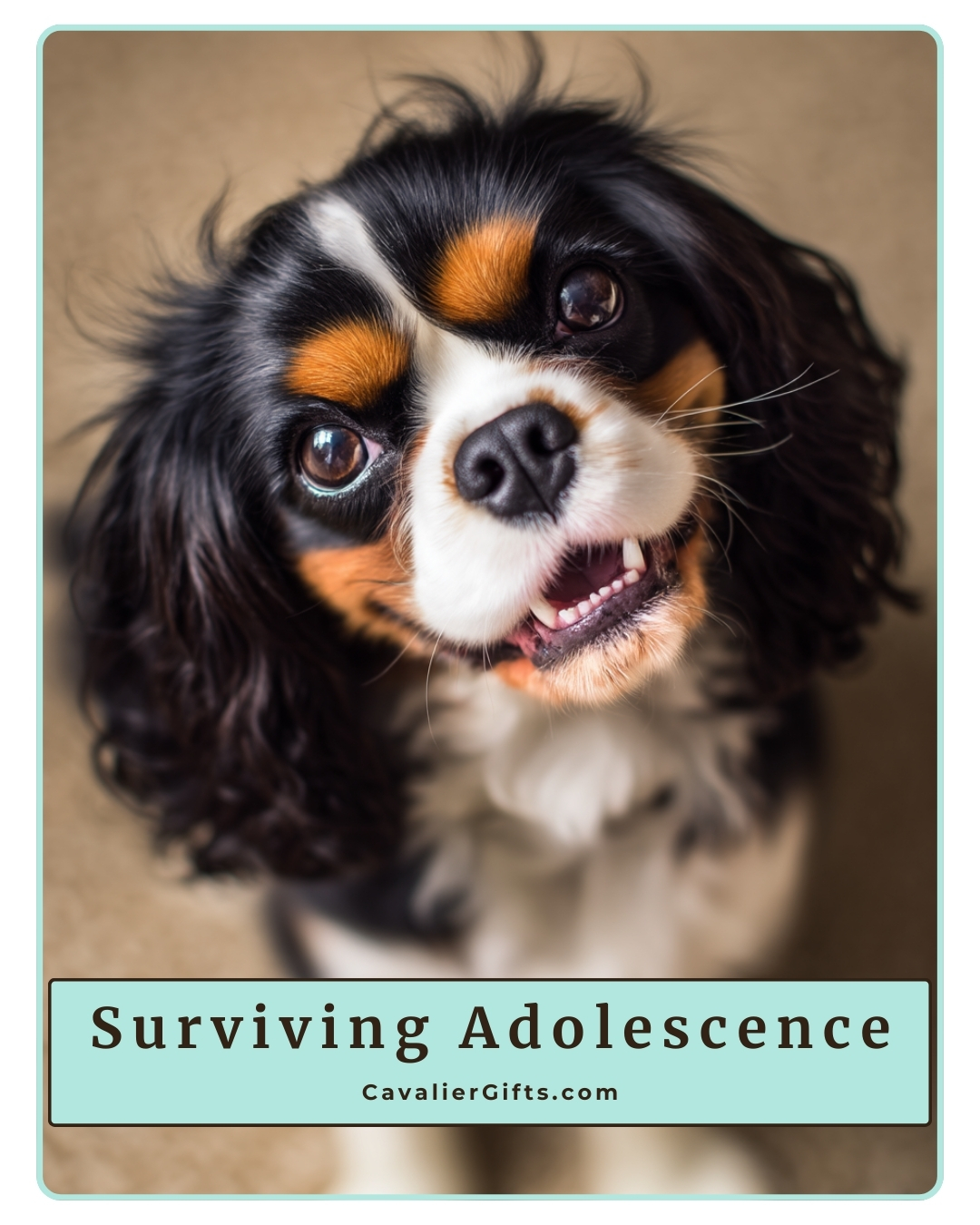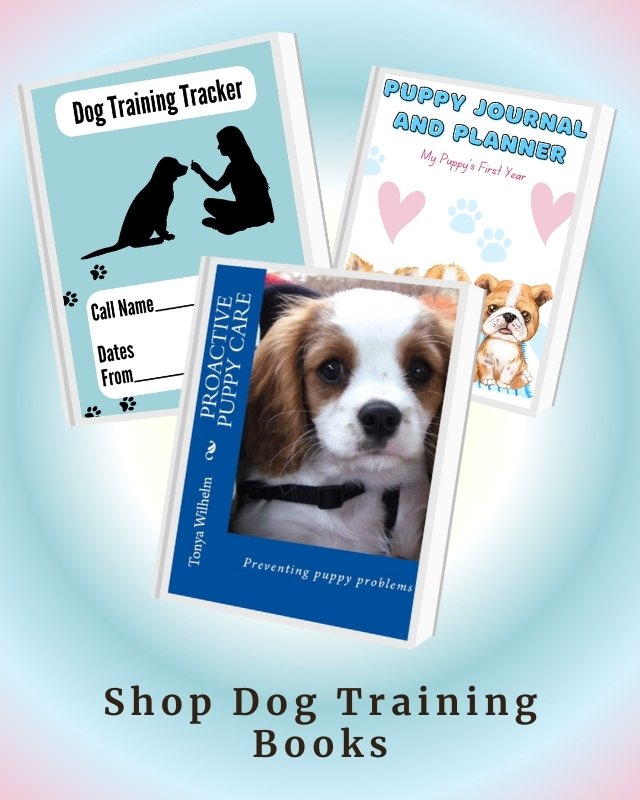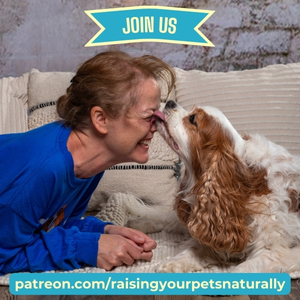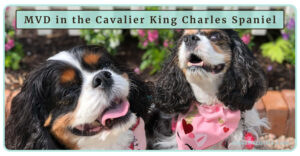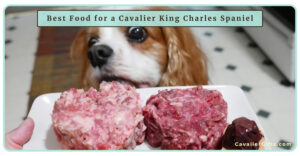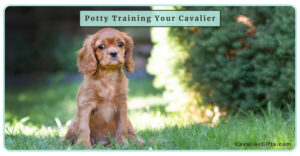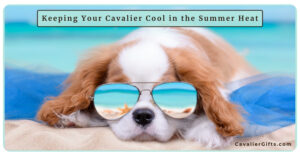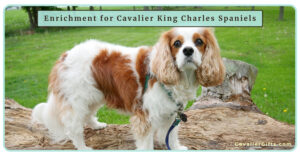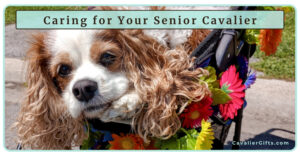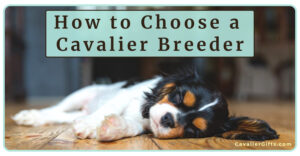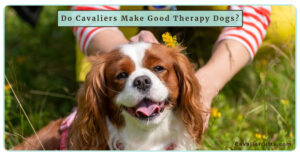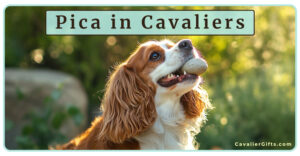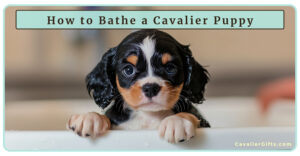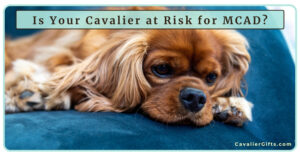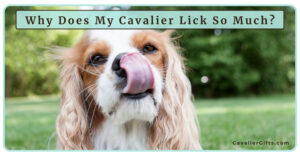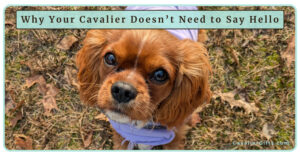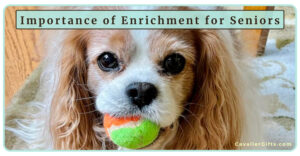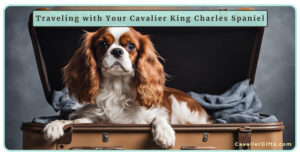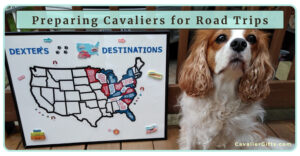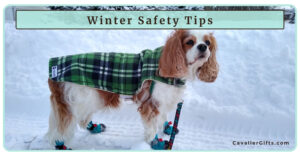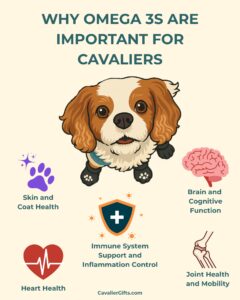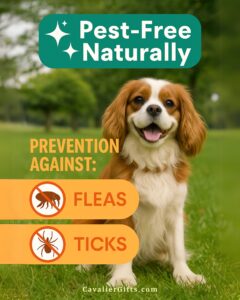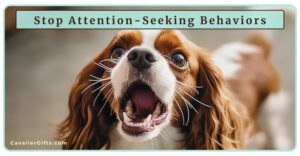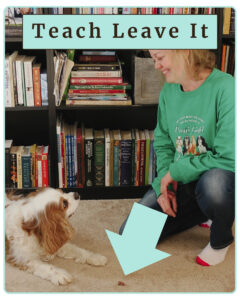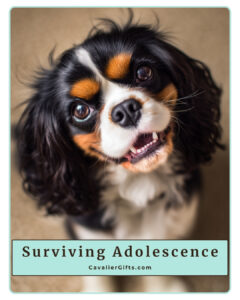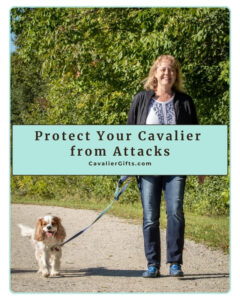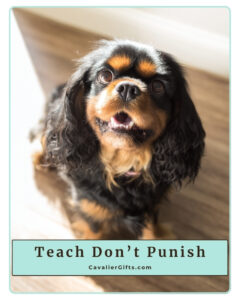Your Cavalier King Charles Spaniel’s Teenage Phase
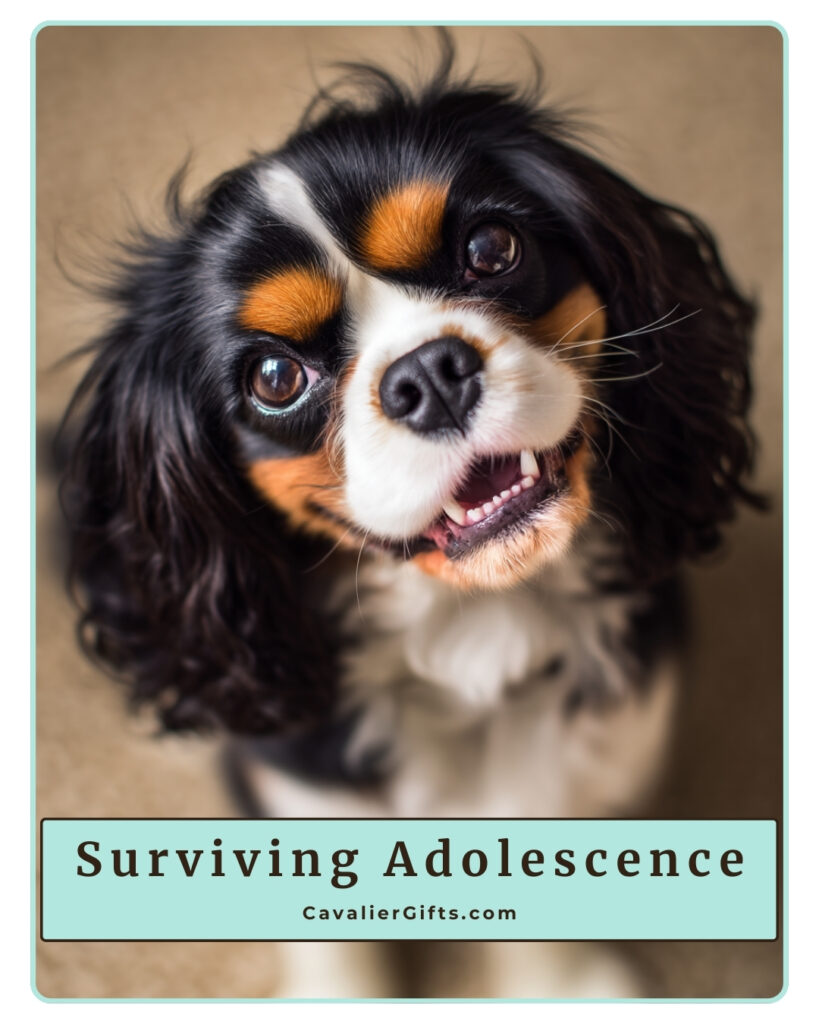
 When you bring home a Cavalier King Charles Spaniel puppy, you are prepared for puppy breath, floppy ears, and all the adorable moments that melt your heart. What nobody talks about enough is what happens when that sweet ball of fluff hits adolescence.
When you bring home a Cavalier King Charles Spaniel puppy, you are prepared for puppy breath, floppy ears, and all the adorable moments that melt your heart. What nobody talks about enough is what happens when that sweet ball of fluff hits adolescence.
Right now, Stewart, my Cavalier, is about 10 and a half months old and is in full-blown teenager mode. I can tell you firsthand that adolescence is real. Stewart has energy for days, wild bursts of zoomies, and a mischievous sparkle in his eyes that keeps me on my toes. My mom, who adores him, often comments, “He is always getting into trouble!” (Of course, to me, it is not real trouble. It is boredom, enthusiasm, and a young dog who is eager to interact and explore.)
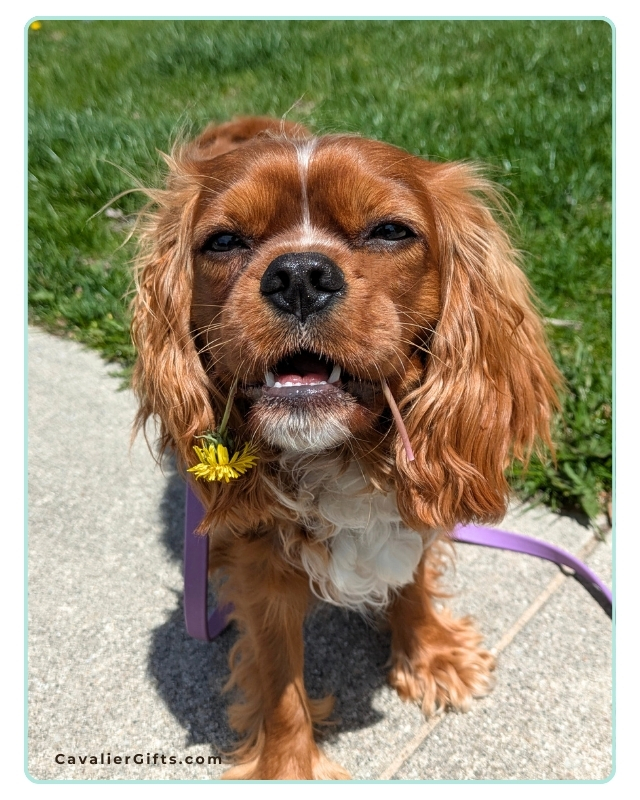
She often compares him to my late Cavalier, Dexter, who lived to be 15 years old. In her memory, Dexter was the perfect, calm little gentleman. And he was, but only after years of growing up. It is easy to forget that Dexter had his own crazy adolescent phase, too. I still remember the day I found myself saying, “You are going to eat, you are going to potty, and you are going to bed!” Sometimes, when puppies get extra wild, it is not even about training. They are simply overtired and need help settling down. Just like toddlers, sometimes they push through their exhaustion and get even more wired.
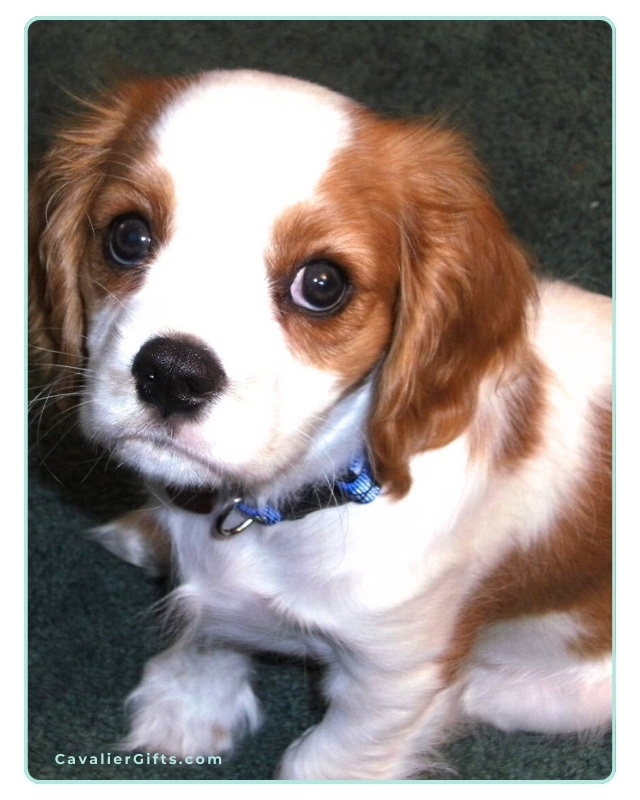
If you are going through the teenage years with your Cavalier right now, you are not alone. And no, you did not do anything wrong. Adolescence is a natural stage in a dog’s development. In Cavaliers, it usually starts when those puppy teeth begin falling out (around four to six months old) and can last until about eighteen months, give or take depending on the dog.
During this phase, your Cavalier might:
- Forget their basic training
- Start jumping up more
- Become mouthier and more vocal
- Seem to ignore you sometimes
- Have random bursts of wild energy (we call them “zoomies”)
- Get into things they never bothered with before
- Show frustration or impatience more easily
Does that sound familiar?
It is important to remember that your Cavalier’s brain is still developing. Just like human teenagers, they are caught between puppyhood and adulthood. Their impulse control is not fully in place yet. The good news? This phase is temporary. And your patience and guidance right now will shape your Cavalier for the rest of their life.
Here is how I am helping Stewart (and helped Dexter before him) navigate this time:
- Stay Consistent with Positive Dog Training: Even if your Cavalier seems to have forgotten what “sit” or “stay” means, keep practicing. Short, daily sessions with positive reinforcement go a long way. Stewart and I do a lot of quick “name games,” sits, hand targets, and polite walking games to keep his brain engaged.
- Build in Play and Enrichment: A bored adolescent dog is a mischievous dog. I make sure Stewart has plenty of fun activities like sniffy walks, find-it games, fetch sessions, and interactive toys. Play is not just fun, it is a training tool. A dog that plays with you is a dog that trusts you.
- Manage the Environment: I always try to be proactive with management first. If I think Stewart might start getting rowdy or restless, I plan ahead. Before I get busy, I will take him for a nice walk, do some training or play a game before I need to settle in. Then, I’ll provide him with something to keep him busy, like a snuffle mat, chew toys or licky mat. That way, he already has something to focus on instead of looking for ways to entertain himself. Managing the environment is not about waiting for problems to pop up. It is about setting your Cavalier up for success before trouble starts.

Are you looking for simple, positive ways to guide your Cavalier through training and daily life? 📘 These are some of the books I created for real pet parents who want to stay organized, consistent, and connected. Available now in Amazon. - Provide Enough Rest: After Stewart works on his snuffle mat, chew toy, or licky mat, and has had a little training or a nice walk, he is usually ready to settle. That is when he curls up for a siesta at my feet while I do my work. Remember that story about Dexter? Sometimes the wild behavior we see is not from a lack of exercise. It is from being overtired. Puppies and adolescent Cavaliers still need a lot of sleep throughout the day. Building in scheduled downtime helps them reset and recharge before they get into trouble from being too tired to make good choices.
- Focus on Trust and Bonding: During a dog’s adolescence period, it is easy to get caught up in the frustrating moments when your Cavalier is ignoring you, getting too wild, or pushing boundaries. But I always try to remind myself that every interaction with Stewart is an opportunity to build our relationship. Trust and connection are even more important during this teenage stage. Adolescence is a time when Cavaliers are figuring out the world and deciding who and what they can count on. I want Stewart to know that I am always safe, fun, and trustworthy. That way, when things get tricky, like going to the veterinarian or navigating a new place, he will look to me for guidance and reassurance. The stronger the bond we build now, the more confident and connected he will be as an adult.
- Keep a Sense of Humor: Adolescent dogs can be frustrating at times, no doubt about it. But it also brings some of the funniest, most joyful memories. Stewart’s goofy antics, the way he proudly carries a pinecone, his dramatic “flops” when he does not get his way, these are the moments I know I will smile about years from now.
If you are raising a Cavalier King Charles Spaniel and feeling overwhelmed by the ups and downs of adolescence, you are not alone. This stage can feel overwhelming on some days, but every patient, playful, and consistent moment you put in now is shaping your Cavalier’s future. All the work you are doing today will help your Cavalier grow into a confident, connected, and loving companion for many years to come.
If you would like more step-by-step help through this stage, I would love for you to join us in our Manners, Life Skills, and Foundation Training course. Inside the course, I walk you through building polite greetings, calm walking, settling skills, and helping your Cavalier stay more focused and connected with you. It is all about giving you the tools to guide your Cavalier through adolescence and beyond with patience, confidence, and fun.

At What Age Do Cavaliers Calm Down?
If you are raising a young Cavalier King Charles Spaniel and wondering when your Cavalier will calm down, it is a common question during the teenage phase. Cavaliers usually start to settle after they move through adolescence, which can last until around eighteen months to two years of age. Some Cavaliers might take a little longer depending on their personality and energy level.
Maturity comes with time, but it also comes with the foundation you build along the way. Positive training, daily routines, enrichment, plenty of rest, and building trust all help your Cavalier develop into a calmer and more confident companion. It is not something that happens overnight, but it does happen.
You have got this! Stay patient, stay positive, and focus on the progress you are making together. It is not about being perfect. It is about showing up, doing the work, and building a strong relationship one day at a time.
What has your Cavalier been doing lately that makes you say, “Yup, we are in the teenage stage”? I would love to hear your stories in the comments!
|
|

|
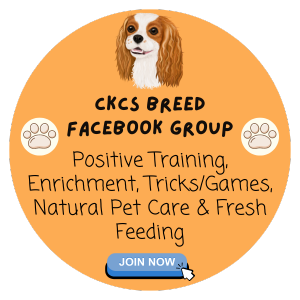
|
Google Ad Below
